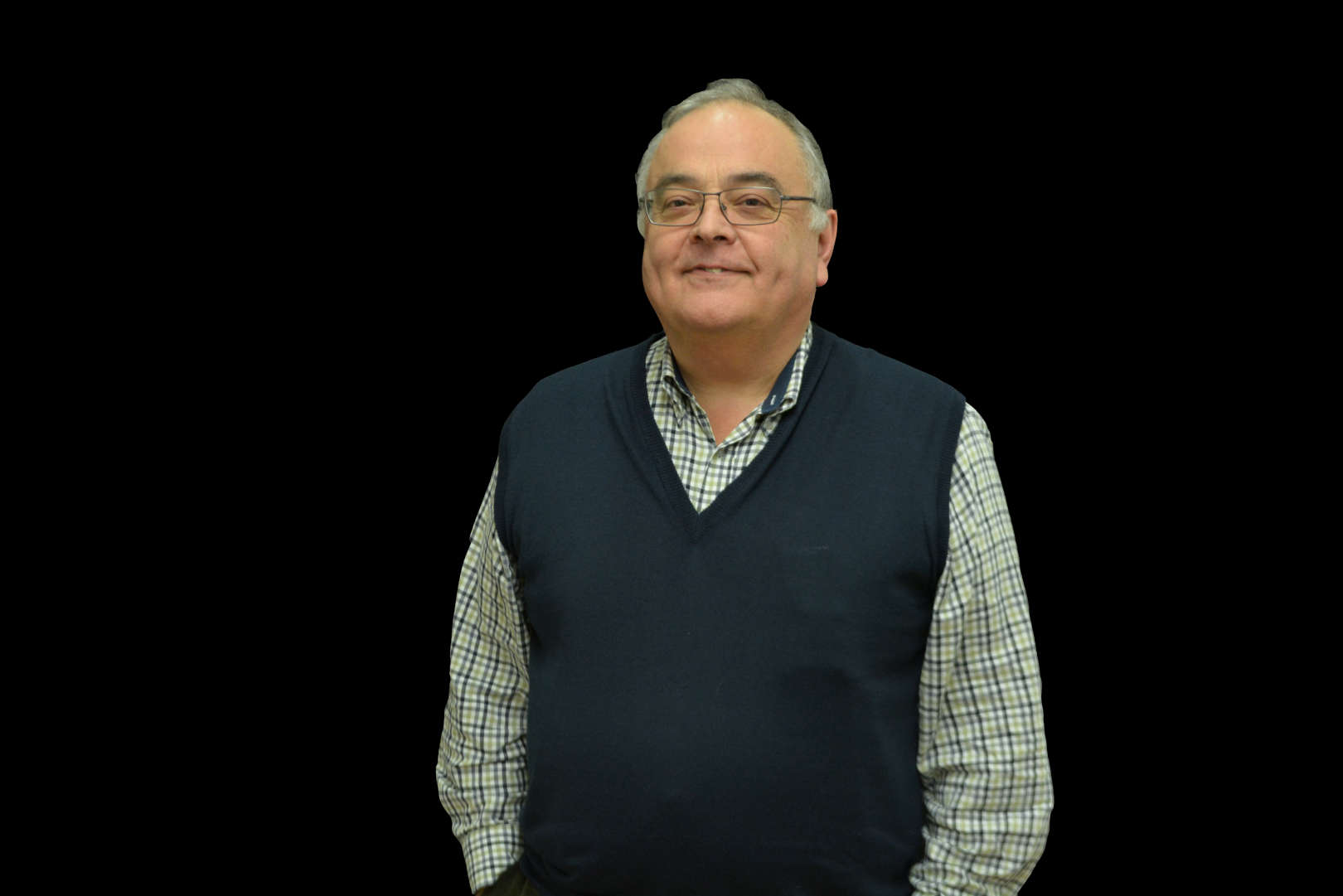Sobre
Licenciei-me na Faculdade de Engenharia da Universidade do Porto em 1970, e doutorei-me na Universidade de Bradford em 1981. Desde a conclusão da licenciatura fui docente e investigador na área de Telecomunicações na FEUP. Hoje sou professor catedrático aposentado da Faculdade de Engenharia da Universidade do Porto. Fui fundador do INESC no Porto em 1985, tendo sido responsável pela montagem de um programa de investigação em Telecomunicações de banda Larga, o Projeto SIFO. fui membro da direção do INESC Porto - Instituto de Engenharia de Sistemas e Computadores do Porto, desde a sua criação como entidade autónoma em 1998 até 2009. Voltei a assumir a posição de vogal da direção do INESC Porto entre meados de 2014 e 2015.
A minha atividade de investigação desenvolveu-se essencialmente no âmbito do INESC no Porto, onde, desde a sua fundação liderei actividades científicas com particular incidência na área da televisão digital tendo sido elemento ativo em projetos nacionais e internacionais, destacando-se projetos com a BBC e a RTP.
Fui o motor de diversas áreas de investigação e ensino pós-graduado de natureza transdisciplinar na área dos média na Universidade do Porto, incluindo jornalismo, multimédia e média digitais a diversos níveis de licenciatura, mestrado e doutoramento tendo ainda sido promotor e coordenador da participação da U.Porto no programa de colaboração com a universidade do Texas em Austin, desde o seu arranque até 2011.
Em paralelo com as actividades técnicas participei em diversos contratos orientados à realização de estudos de natureza estratégica para a região norte com particular destaque para o estudo para a definição do Media Parque do Porto (RTP), Estudo de uma Rede de Banda Larga para o Porto (TLP), Estudo Estratégico da Área Metropolitana do Porto (AMP). Em áreas mais ligadas aos conteúdos e atividades criativas foi Presidente da Associação Portucale XXI constituída por Portugal Telecom, RTP, CMP, U.Porto, U. Católica Portuguesa, AEP, Instituto Politécnico do Porto tndo como objetivo a preparação de projetos criativos de grande dimensão para a EXPO 98 e Porto 2001, a qual determinou uma parceria estratégica com a BBC que deu origem a uma demonstração realizada durante a EXPO em Lisboa, usando tecnologias pioneiras para a produção digital de HDTV e ainda à instalação de um piloto de um estudo diigital de TV na BBC em 2001, baseado em tecnologias IP. Foi promotor na U.Porto da criação do parque empresarial para as indústrias criativas da UPTEC, PINC, e localizado no centro histórico do Porto. Das atividades que promovi resultaram diversas empresas
Desde Setembro 2011 a Janeiro 2013 assumiu, em comissão de serviço, a Direção do Centro de Produção do Porto da RTP.
Desde Março de 2013 a Setembro de 2015 foi vogal da Direção da ADDICT. Após a sua aposentação da UP é consultor da direção do INESC TEC. É diretor executivo da comissão fundadora da plataforma NEM Portugal e desde Fevereiro de 2016 Professor Emérito da Universidade do Porto.


